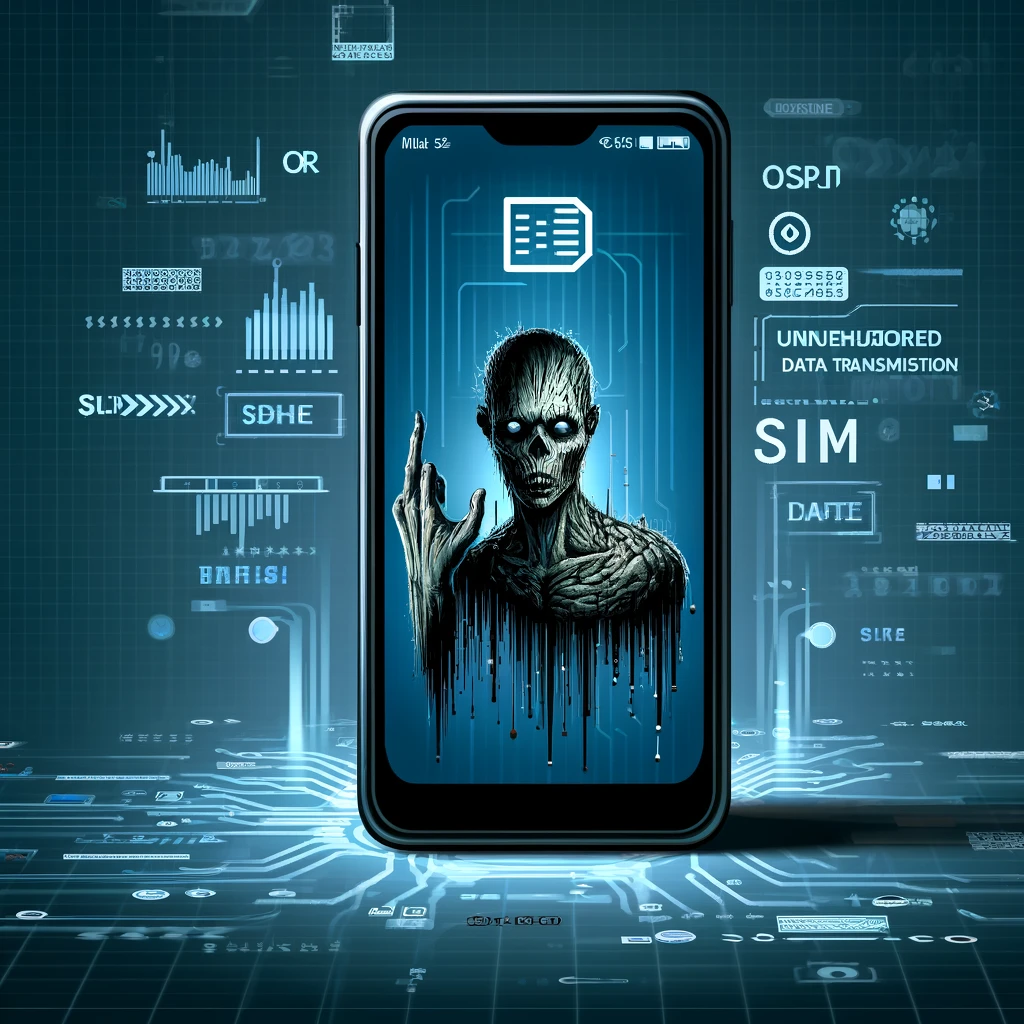
The concept of a “Zombie Virus” in the context of mobile devices, especially when discussing settings and the absence of a SIM card, taps into a significant cybersecurity concern. This type of malware transforms smartphones into ‘zombies,’ hence “Zombie Phone” meaning they are remotely controlled without the user’s knowledge. The scenario becomes particularly intriguing when these devices are not connected to cellular networks due to the absence of a SIM card but are still capable of executing malicious tasks via other means, such as Wi-Fi or Bluetooth.
A zombie virus on a device without a SIM card presents a unique challenge. Typically, the absence of a SIM would limit a device’s communication abilities to only those available through the internet or local connections. However, this limitation does not render the device safe from being commandeered and used for malicious purposes. In fact, it could become part of a botnet, a network of infected devices used to launch coordinated attacks, spread malware, or steal information, all without the direct knowledge of their owners.
These infected devices can be controlled remotely to perform various tasks. For example, they can be used to launch denial-of-service attacks against websites, send spam emails once connected to a Wi-Fi network, or mine cryptocurrency. The fact that these activities can occur on a device without a SIM card illustrates the pervasive nature of such malware and the myriad of ways it can exploit modern technology.
Moreover, the settings of a smartphone infected with a zombie virus might be altered in ways that are subtle yet significant. For instance, the device could be configured to automatically connect to certain Wi-Fi networks, or its data-sharing settings might be modified to send confidential information to a remote server. Users might notice their devices behaving oddly or notice a significant drain on battery life, signs that something malicious might be afoot.
Combatting such a virus requires a multi-pronged approach. Users need to be vigilant about the software they install, staying away from unverified sources. Regular updates and security patches are crucial, as they often include fixes for known vulnerabilities that could be exploited by malware. Additionally, users should monitor their device’s behavior for unusual activity, which might indicate the presence of a virus.
In the absence of a SIM card, one might assume a reduced risk of data leakage or unauthorized communication. However, as long as the device can connect to the internet or other devices, it remains at risk. Therefore, the security measures applied shouldn’t solely depend on the presence of a SIM card but should address all potential vulnerabilities, including those exploitable via other connectivity means.
The zombie phone scenario without a SIM card underscores the evolving landscape of cybersecurity threats. It highlights the necessity for comprehensive security strategies that consider various modes of connectivity and potential points of compromise. As our reliance on digital devices grows, understanding and mitigating such risks becomes paramount in safeguarding our digital lives against increasingly sophisticated and covert threats.